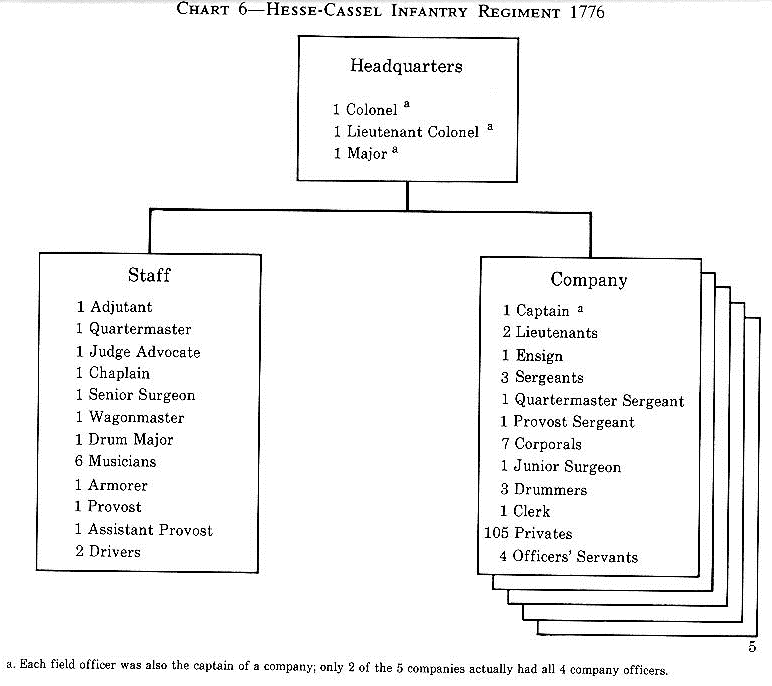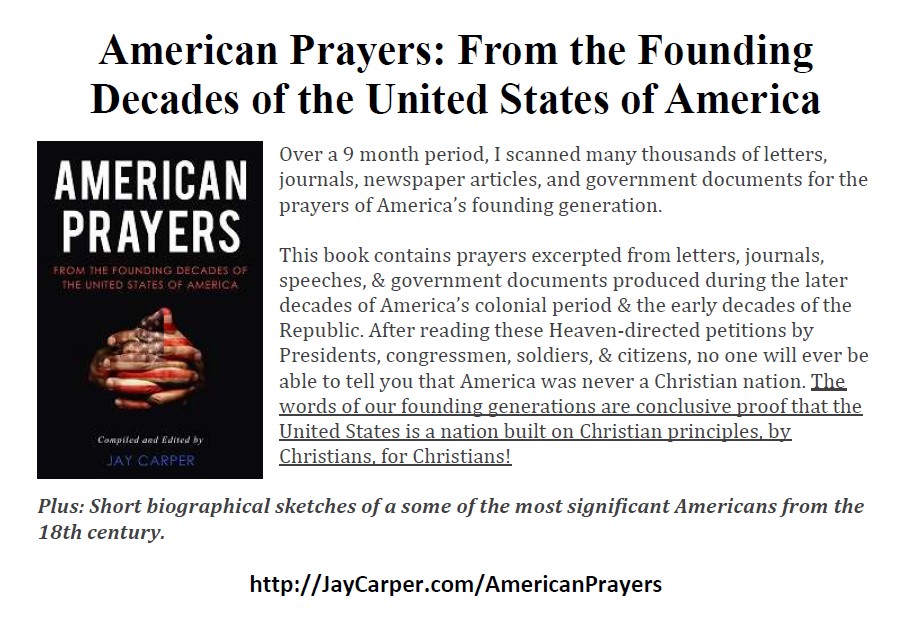An Army for the War:
1777
Most Continental enlistments expired on 31 December 1776. Congress and Washington hoped to avoid a recurrence of the problems of the previous winter by beginning their preparations for reorganizing the Continental Army during the early fall of 1776. Profiting from that earlier experience, they not only started sooner but also retained the idea of developing plans in conferences between Congress and military leaders. The reorganization was applied to troops from every colony through the first comprehensive legislation to rationalize the ad hoc growth of the previous year. The central factor in the new plan was the nearly unanimous decision to recruit for the duration of the war rather than for a single year as in the past. Congress approved the proposals in September and modified them somewhat during the winter to adjust to changes that had occurred during the final phases of the 1776 campaign. Other modifications in Army organization came in 1777 when the Main Army gained its first experience in a war of maneuver rather than in a strict defense of fixed positions. The battles of 1777 would reveal the strengths and weaknesses of this planning effort.
Americans adamantly opposed long enlistments during the first year and a half of the Revolution. In addition to citing the precedent of the Provincials’ one-year enlistments, politicians affirmed the ideal of a militia of citizen-soldiers rather than a standing army. Attitudes began to change during the summer of 1776, and even John Adams conceded that the newly independent nation needed “a regular Army, and the most masterly Discipline, because. . Without these We cannot reasonably hope to be a powerful, a prosperous, or a free People.”1 During the summer a number of new units were raised for three years’ service. The lessons of the defeats in New York accelerated this change. By the fall delegates were in universal agreement that British and Ger-
1. Burnett, Letters, 2:61.
Once this agreement had been reached, Congress on 2 September 1776 directed the Board of War to draft a comprehensive plan. The board submitted its proposals on 9 September, and Congress devoted the next week to debates and amendments, settling details relating to enlistments, bounties, and state quotas. On 16 September it adopted the amended plan. Known as the eighty-eight battalion resolve, it called for eighty-eight regiments organized according to the structure approved in 1776. Congress’ estimates of the population of each state governed its allocation of regiments. (Table 4) Quotas ranged from fifteen regiments each from Massachusetts and Virginia, to single regiments from Delaware and Georgia, the smallest states. Congress intended to retain existing regiments through reenlistment and to add additional ones only in cases where a state’s quota exceeded its actual regiments. It approved cash bonuses and liberal postwar land grants to make enlisting for the duration of the war more attractive. Congress continued to commission all officers while allowing individual states to actually name the officers up to and including colonels. The states were expected to provide the arms, clothing, and other equipment for their respective regiments; they could withhold part of the men’s pay to cover the cost of uniforms.3
Congress anticipated that the longer enlistment would increase discipline and training in the Army. No longer would there be a wholesale reorganization each winter. On 20 September Congress also modified the Articles of War. Washington had decided during the summer that the existing Articles did not sufficiently deter misbehavior, and in late July he had sent Judge Advocate William Tudor to Philadelphia to discuss a revision. Tudor and a congressional committee which included some of the finest legal minds in America produced the draft that Congress adopted. It expanded the number of articles to seventy-six, inserting material from the British Articles that had been omitted in earlier versions. The central changes added to the list of capital crimes and increased the maximum corporal punishment from 39 to 100 lashes. This version remained in effect for the rest of the war. Accompanying legislation commissioned Tudor as a lieutenant colonel and authorized deputy judge advocates to assist him in dealing with mounting casework.4
Before Washington learned of these September resolutions, he wrote a letter to Congress on 24 September requesting immediate action to reorganize the Army for the new year and improve discipline. His eloquent appeal overcame lingering objections and raised other issues. In particular, he asked Congress to increase the pay for officers and to furnish free uniforms to the men. Congress increased officers’ salaries on 7 October and approved annual uniform allowances the next day.5
2. Ibid., 1:319, 360-61, 505-6; 2:44-45, 57, 78-79, 98-100, 106-7; Henderson, Party Politics, pp., 1025; White, “Standing Armies,” pp. 128-35, 143-44; Cress, “The Standing Army, the Militia, and the New Republic,” pp. 138-43.
3. JCC, 5:729, 747, 749, 751, 756-57, 762-63; Burnett, Letters, 2:82-83, 88-89, 95-100, 102, 105-7. The system conformed to procedures laid down in the Articles of Confederation, although that document did not go into effect until 1781.
4. JCC, 5:788-807; 7:265-66; Force, American Archives, 5th ser., 1:576; Burnett, Letters, 2:54-57; Fitzpatrick, Writings, 5:194-95; 6:91-92, 125, 147, 151. The copying was so extensive that courts-martial transcripts were required to be sent to the Secretary at War, an office which did not exist in the United States until 1781.
5. Fitzpatrick, Writings, 6:106-16; JCC, 5:853-56.

6. Fitzpatrick, Writings, 6:152-56, 186-90, 200-201, 271-73, 289-90; JCC, 5:854-56; 6:920-21, 944-45; Burnett, Letters, 2:115-16, 139-41, 143-44, 154-59.
During the brief lull after the inconclusive battle of White Plains on 28 October 1776, Washington divided his Main Army to guard against several possible courses of action by General Howe. Maj. Gen. Charles Lee remained in Westchester County with a corps to prevent an invasion of Connecticut. Washington personally led another corps into New Jersey to bar the route to Philadelphia. A third, smaller force under Maj. Gen. William Heath moved into garrison in the Hudson Highlands to preserve the lines of communication in that strategic area. Howe’s capture of Fort Washington before it could be evacuated, however, not only deprived Washington of its large garrison but also unhinged his dispositions. Lt. Gen. Charles, Earl Cornwallis, quickly drove a wedge between Washington and the other American elements and forced the continentals to withdraw across the Delaware River. Howe ended the campaign on 14 December and ordered his army into winter quarters.
Howe assigned Trenton, one of his most advanced outposts, to Col. Johann Gottlieb Rall’s reinforced Hessian brigade. Rall’s regiments were among the best German auxiliary forces, but they were worn out, seriously short of officers, and handicapped by a cumbersome regimental organization. (Chart 6) Hesse-Cassel had modeled its army after Prussia’s, giving each infantry regiment two 5-company battalions plus a grenadier company. The British had altered that formation before the regiments left Europe. The grenadier companies were detached to form 4-company grenadier battalions, and each regiment was divided into two single-battalion regiments. The new regiment was still large, but it had a small number of officers. It contained 5 companies for administrative purposes but fought in 8 platoons. Before it could fight, it required time to regroup into platoons. At Trenton the Hessians were billeted by company.7
Washington regrouped his forces behind the Delaware River. Units partially reequipped themselves with supplies brought forward from Philadelphia. Volunteers (associators) turned out from the Pennsylvania militia, and on 20 December Continental reinforcements arrived from the north. A British cavalry patrol captured Lee on 13 December, but Maj. Gen. John Sullivan took command of Lee’s three brigades and marched them around the British to join Washington. As soon as Generals Schuyler and Gates learned of the fall of Fort Washington, they sent all the troops they could spare from Ticonderoga to bolster the Commander in Chief. Four regi-
7. Carl Leopold Baurmeister, Revolution in America: Confidential Letters and Journals, 1776-1784, of Adjutant General Major Baurmeister of the Hessian Forces, ed. Bernard A. Uhlendorf (New Brunswick: Rutgers University Press, 1957), pp. 6-17, 72-79; Ernst Kipping, Die Truppen von Hessian-Kassel in Amerikanischen Unabhangigkeitsirieg. 1776-1783 (Darmstadt: Wehr und Wissen Verlagsgesellchaft M. B. H., 1965), pp. 27-28; British Headquarters Papers, No. 10 (copy of treaty between Britain and Hesse-Cassel, 15 Jan 76).

Heath’s division, at Washington’s specific orders, remained in the Hudson Highlands to protect critically important ferries and distract the British garrison in New York City. As early as 8 November 1775 Congress had recognized that the Highlands region was the only area between New York City and Albany where the Hudson River could be blocked to warships. The commandant of the fortifications—at first a colonel but later a brigadier general—had been the senior Continental officer in the region during most of 1776. Heath’s assignment transformed the Highlands into a de facto territorial department, a status which its strategic importance preserved for the rest of the war.9
8. Sullivan, Letters and Papers, 1:302; Force, American Archives, 5th ser., 3:1125, 1260; Gates Orderly Book (Gates’ General Orders for 5-18 Nov 76); Gates Papers (Gates to Schuyler, 30 Sep 76; to Ward, 9 Nov 76; to Hancock, 27 Nov 76; to Col Joseph Vose, 8 Dec 76; to Washington, 12 Dec 76; Robert H. Harrison to Gates, 26 Nov 76; Schuyler to Gates, 26 Nov 76; St. Clair to Gates, 27 Nov 76; Heath to Gates, 14 Dec 76); Fitzpatrick, Writings, 6:414-16, 419.
9. JCC, 3:337-38; Fitzpatrick, Writings, 5:10-11, 123, 138-39, 317-19, 340-41, 435-56; 6:242-45, 257-58, 284-87; 16:150-54; Robert K. Wright, Jr., “Too Little, Too Late: The Campaign of 1777 in the Hudson Highlands” (Master’s thesis, College of William and Mary, 1971), pp. 30-40.
Washington knew that ending the year on a positive note would encourage recruiting. He also wanted to regain control of New Jersey. After exploring the possibilities and ordering the harassment of British garrisons, he decided to strike Trenton. His plan for a night attack was tailored to his available forces. The task of sealing the town off to prevent reinforcement or escape went to militia supported by a single Continental brigade. The actual assault was carried out by his other seven Continental brigades using coordinated columns. Washington shifted from the regiment to the brigade as the basic combat element for this counterattack because attrition had eroded the effective strength of most of his regiments to dangerously low levels. An additional innovation was that an artillery company directly supported each brigade.
A return of 22 December 1776 indicates that the infantry strength of the actual attack force—the seven brigades less detachments—totaled 33 field officers, 412 company officers, 368 sergeants, and 5,820 rank and file. These figures do not include St. Clair’s four regiments, which did not submit a return.10 Only two of the brigades contained substantially more than the official strength of a regiment. On the other hand, the ratio of officers and sergeants to rank and file was higher than usual, and the artillery company added materially to the firepower of each brigade, particularly in adverse weather. At Trenton, and at Princeton a week later, Washington’s brigade commanders used both of these factors to advantage. Improved control paid particular dividends as brigades executed complex maneuvers at night and adjusted to rapidly changing battlefield conditions. Washington’s army destroyed Rall’s brigade at Trenton, severely mauled a detached British brigade at Princeton, and maneuvered the British out of all but a small toehold in New Jersey.
Thus in the space of little more than a week, Washington’s small, veteran cadre shattered two enemy brigades and recovered most of New Jersey. In destroying the German auxiliaries’ aura of invincibility as well, he robbed Howe of a major psychological advantage. Morale was generally restored. Washington spent the next several
